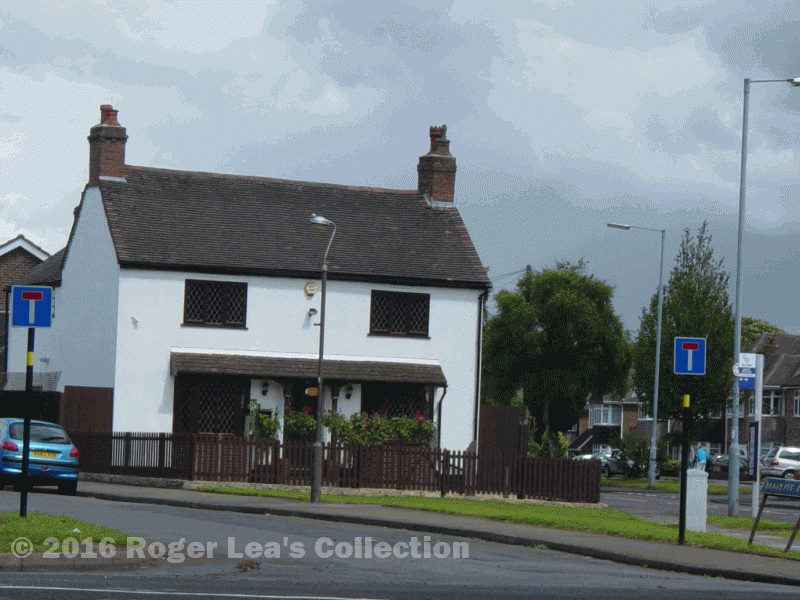John Honeybourne had to stop what he was doing on Tuesday 19th November 1751 when the Constable ordered him to be on the jury at a Coroner’s Inquest that afternoon. He and eleven others were to attend “The Dwelling House of Samuel Smith at Little Sutton known by the sign of the Fox and Dogs” to assist the Coroner, Mr. John Austin, to enquire into the death of George White.
The inquest heard the evidence of George White’s brother Samuel, son of John White of Little Sutton. He said that he, his brother George and John Mouseley (all under 15 years old) had been playing on the green at Little Sutton the previous evening. At about eight o’clock they went into the blacksmith’s shop there, where the apprentice was still at work. George White picked up a fork handle and pointed it at John Mouseley, saying “Now if this was a gun, Jack, I could shoot thee.” Then Samuel saw John Mouseley pick up a gun which was lying on the counter and point it at his brother; the gun went off and George fell to the ground. He cried out, and his father came and took him home.
Samuel testified that he believed the gunshot killed his brother, but “not caring to see such sights” he had never seen or examined the wound. The jury had to examine the wound, however, a large gash in the boy’s right temple, clearly the cause of death. In their verdict, the jury stated the facts about the gun being in Joseph Bampton’s shop for repair, and that John Mouseley, a boy of about 13 years old, had not known that the gun was loaded. And so they found that George White “Casually by misfortune and not otherwise came to his death, there being no premeditated malice or quarrel between them”.
